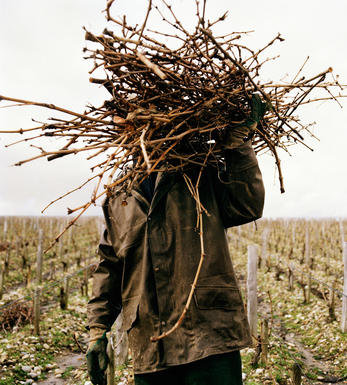
Champagne La Closerie, Jérôme Prévost, &, Extra Brut

About this WINE

Champagne Prévost
Jérôme Prévost's winemaking journey began in 1987 when he inherited a small plot of vines in the village of Gueux in the western part of Champagne. At that time, the grapes from his vineyard were sold to large Champagne houses. However, in the early 2000s, Prévost decided to take a different approach and began producing his own Champagne under his eponymous label, Champagne Jérôme Prévost.
What sets Prévost apart is his commitment to organic and biodynamic viticulture. He employs sustainable farming practices, avoiding using chemicals and synthetic fertilizers and instead focusing on enhancing the health of the vineyards naturally. Prévost believes healthy soils and vines are essential for producing high-quality wines with a strong sense of terroir.
The vineyard holdings of Jérôme Prévost are small, with a total of about two hectares (five acres) spread across multiple parcels. The most notable vineyard is Les Béguines, a one-hectare plot planted with Pinot Meunier, Prévost's main grape variety. He also has smaller vineyards named Les Goulats and Les Bassets.
The winemaking style is minimalistic, using traditional methods, including hand-harvesting the grapes and employing gentle pressing techniques to extract the juice. Prévost allows the wines to undergo spontaneous fermentation with indigenous yeasts, and he avoids malolactic fermentation, preserving the natural acidity and freshness in his Champagnes.

Brut Champagne
Brut denotes a dry style of Champagne (less than 15 grams per litre). Most Champagne is non-vintage, produced from a blend from different years. The non-vintage blend is always based predominately on wines made from the current harvest, enriched with aged wines (their proportion and age varies by brand) from earlier harvests, which impart an additional level of complexity to the end wine. Champagnes from a single vintage are labelled with the year reference and with the description Millésimé.
Non-vintage Champagnes can improve with short-term ageing (typically two to three years), while vintages can develop over much longer periods (five to 30 years). The most exquisite and often top-priced expression of a house’s style is referred to as Prestige Cuvée. Famous examples include Louis Roederer's Cristal, Moët & Chandon's Dom Pérignon, and Pol Roger's Cuvée Sir Winston Churchill.
Recommended Producers : Krug, Billecart Salmon, Pol Roger, Bollinger, Salon, Gosset, Pierre Péters, Ruinart

Champagne blend
Which grapes are included in the blend, and their proportion, is one of the key factors determining the style of most Champagnes. Three grapes are used - Pinot Noir, Chardonnay and Pinot Meunier.
26% of vineyards in Champagne are planted with Chardonnay and it performs best on the Côtes des Blancs and on the chalk slopes south of Epernay. It is relatively simple to grow, although it buds early and thus is susceptible to spring frosts. It produces lighter, fresher wines than those from Burgundy and gives finesse, fruit and elegance to the final blend. It is the sole grape in Blancs de Blancs, which are some of the richest long-lived Champagnes produced.
Pinot Noir accounts for nearly 40% of the plantings in Champagne and lies at the heart of most blends - it gives Champagne its body, structure, strength and grip. It is planted across Champagne and particularly so in the southern Aube district.
The final component is Pinot Meunier and this constitutes nearly 35% of the plantings. Its durability and resistance to spring frosts make the Marne Valley, a notorious frost pocket, its natural home. It ripens well in poor years and produces a soft, fruity style of wine that is ideal for blending with the more assertive flavours of Pinot Noir. Producers allege that Pinot Meunier lacks ageing potential, but this does not deter Krug from including around 15% of it in their final blends.


Buying options
Add to wishlist
wine at a glance
Delivery and quality guarantee